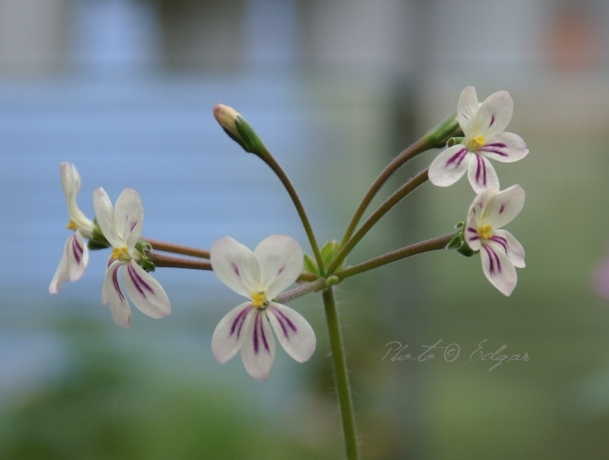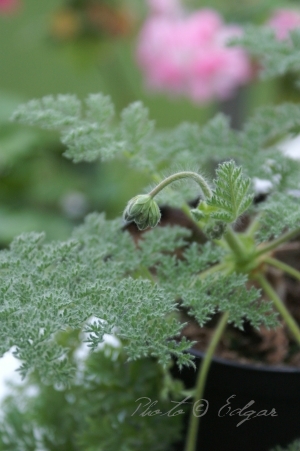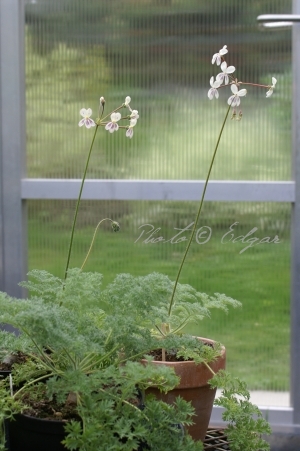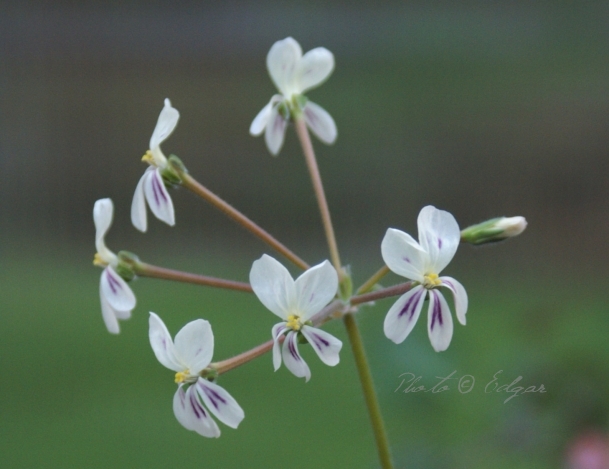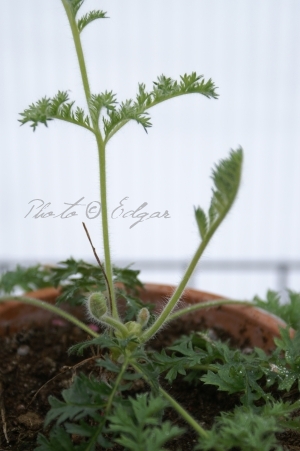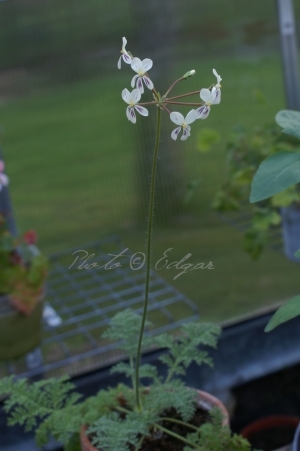The white form of P. tricolor is native to South Africa, around Eseljagpoort.
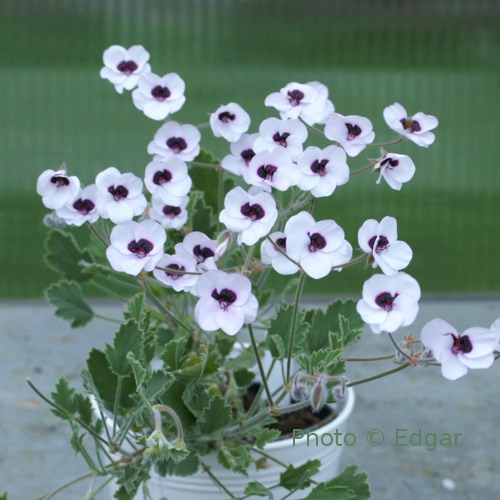
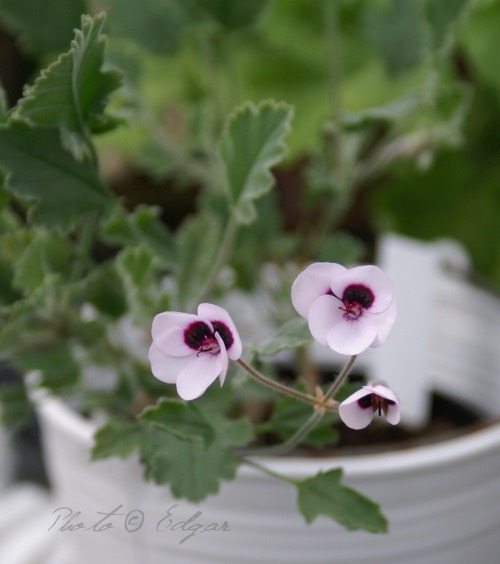
Photo © Edgar

The white form of P. tricolor is native to South Africa, around Eseljagpoort.


Photo © Edgar
Pelargonium species native to the west coast of South Africa.
Nightscented flowers.
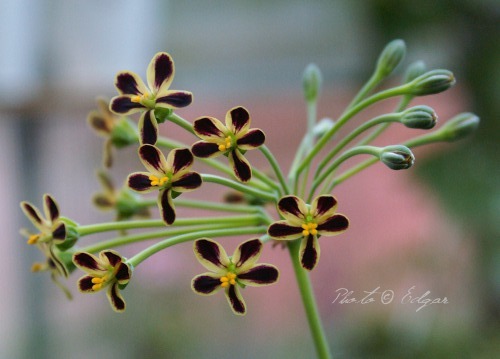
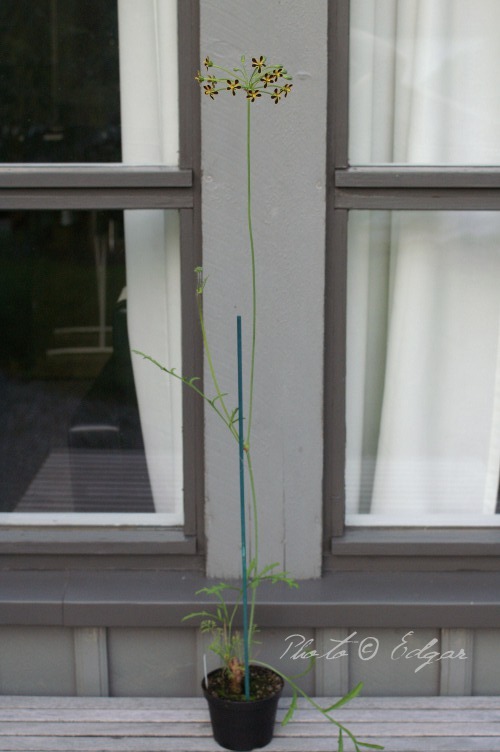

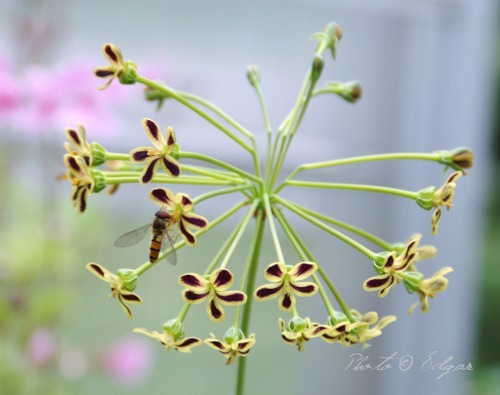
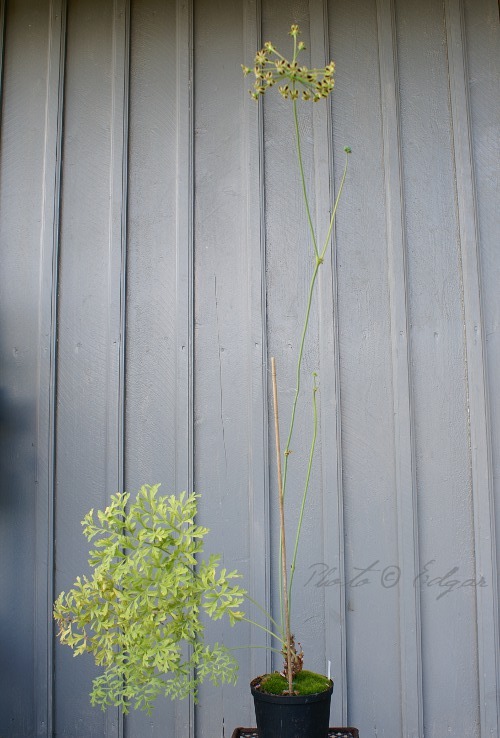
Sommergrowing species from the section Polyactium.
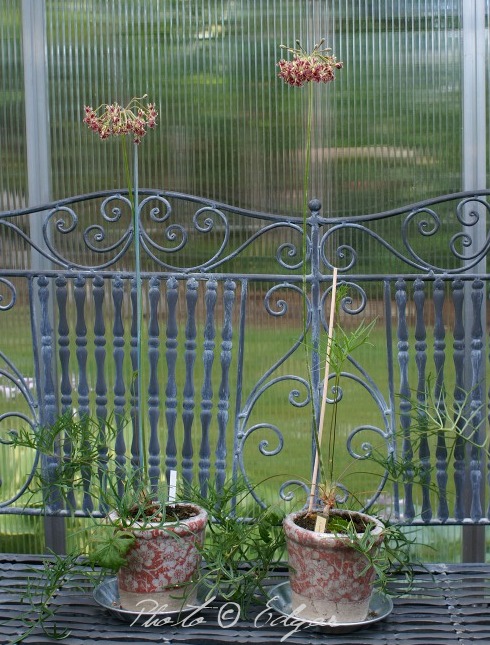
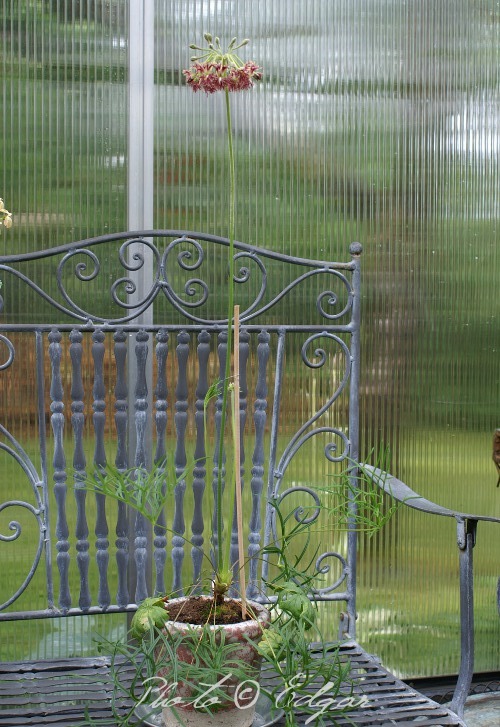
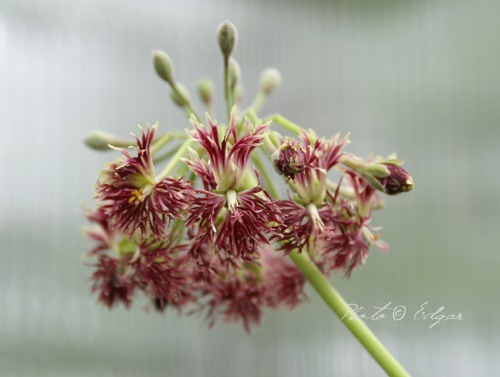
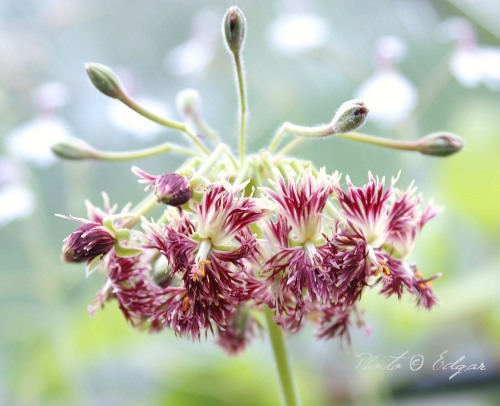

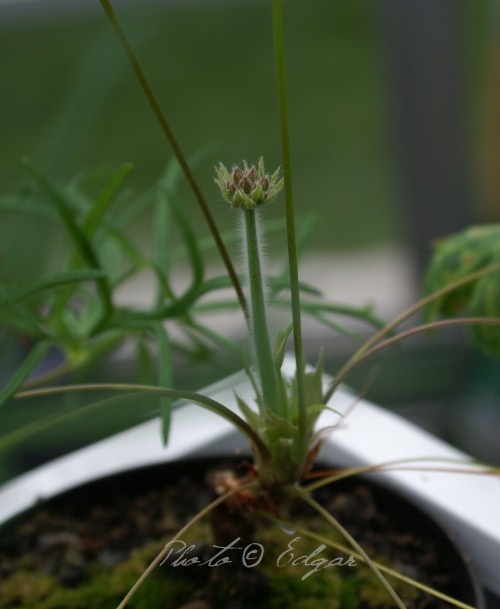
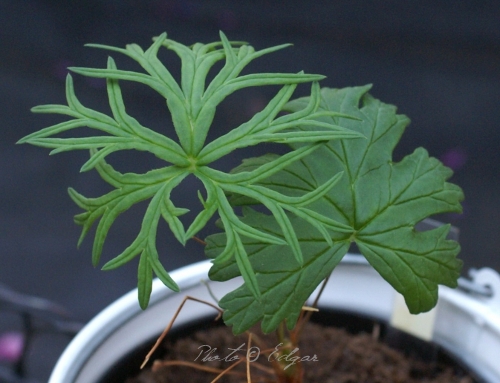
The leaves get more lobed as the day length increases.
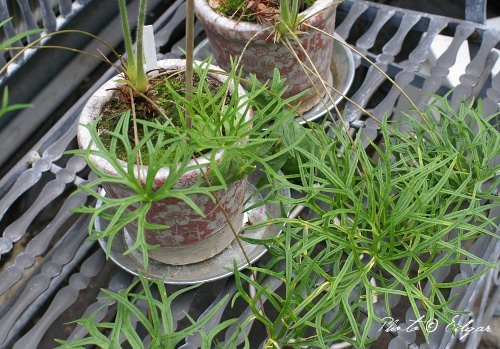
Photo © Edgar
There are several varieties of this summergrowing species from the section Polyactium.
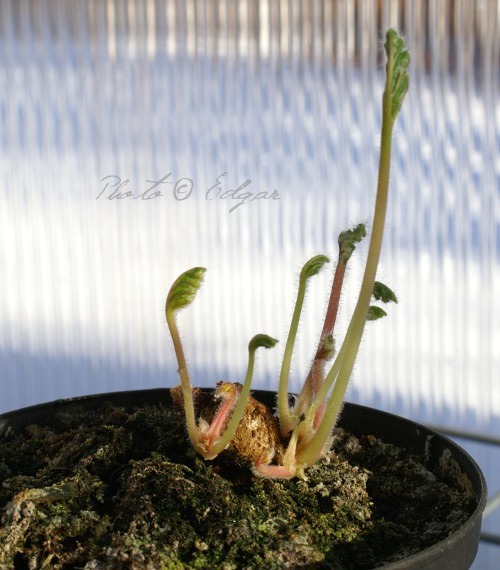
P. pulverulentum starts growing early in the season from the tubers/stems.
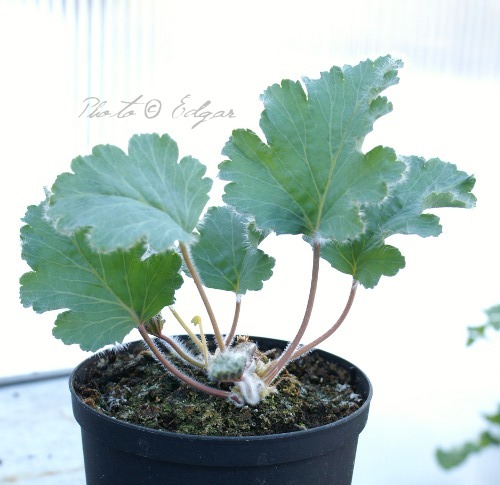
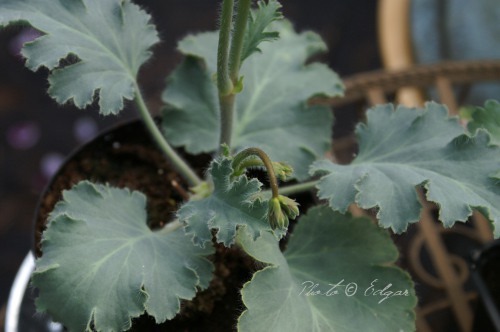
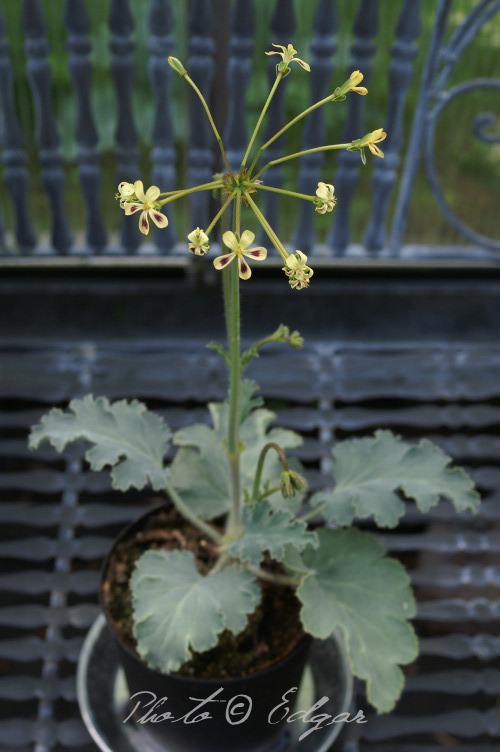
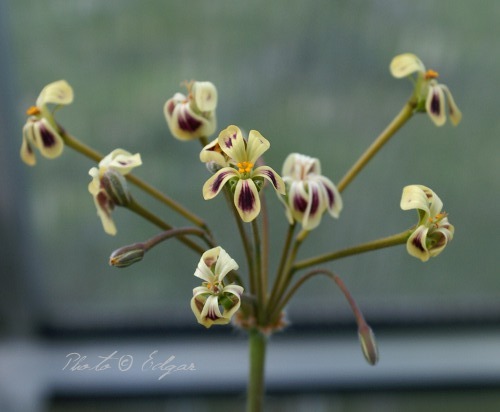
And usually flowers in the middle of the summer.
P. pulverulentum means powdery-white.
The powder on the leaves appears after blooming.
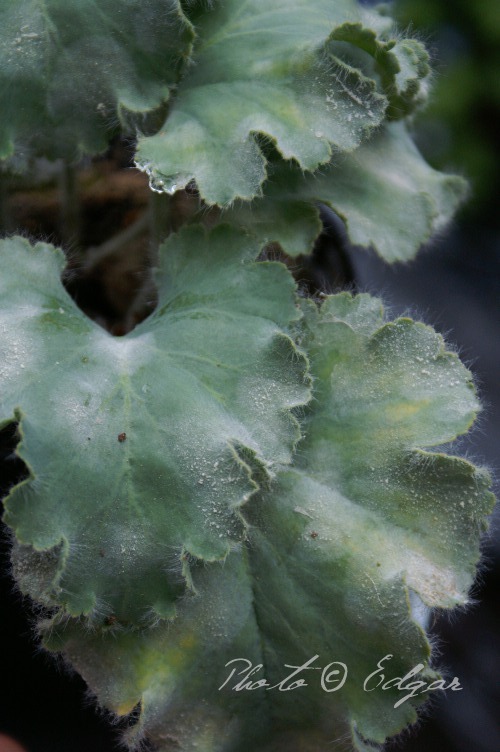
Dormant in the winter.
Photo © Edgar
Pelargonium species from the island St. Helana in the southern Atlantic.
Unique in its section Isopetalum.

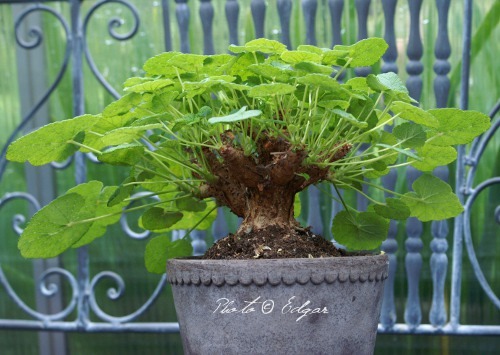
Its local name is ‘Old father live forever’ or ‘Old man live forever’.
The leaves usually fall off before the flowering starts.
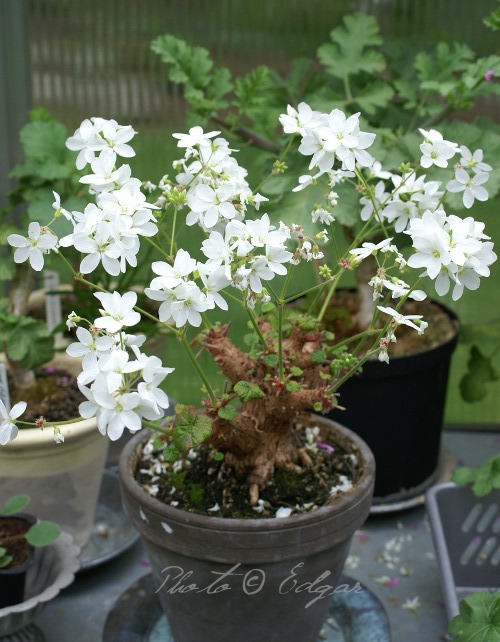
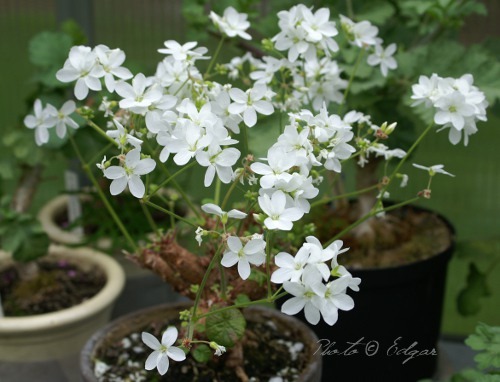
P. cotyledonis is the only pelargonium with regular shaped petals.
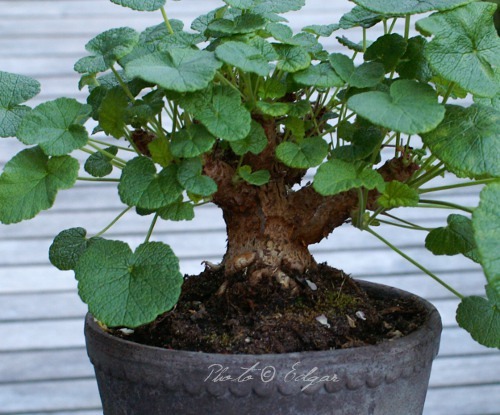
photo © Edgar
Yellow form of P. luridum grown from seed from South Africa.
Similar species are found in Dunkeld Country Estate – near Dullstroom.

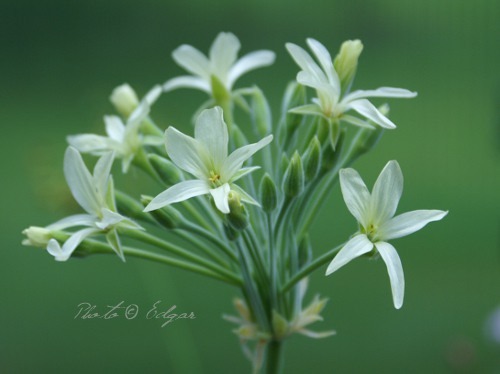
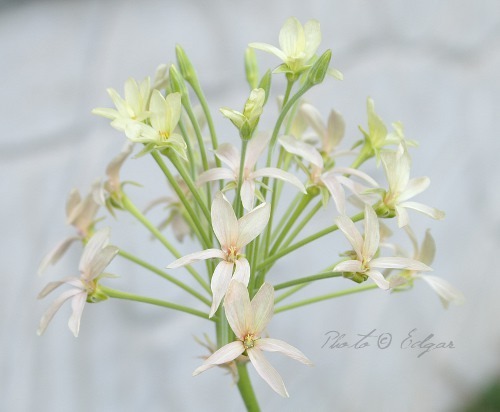

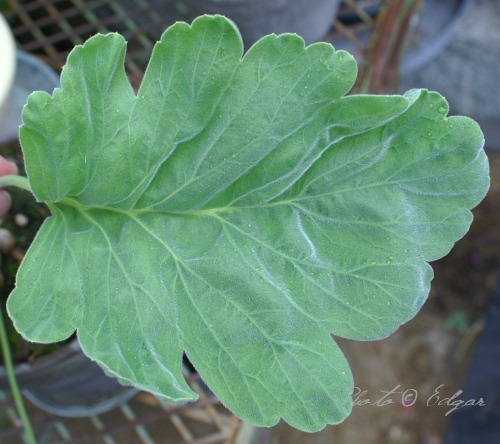
Photo © Edgar
Section Cortusina.
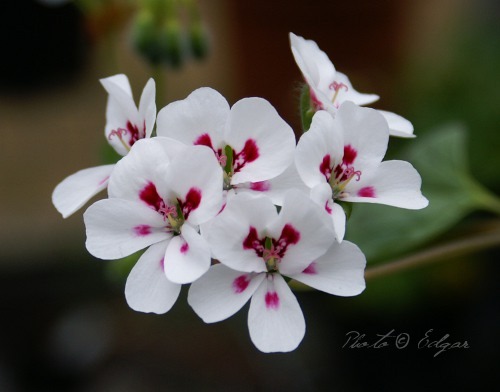
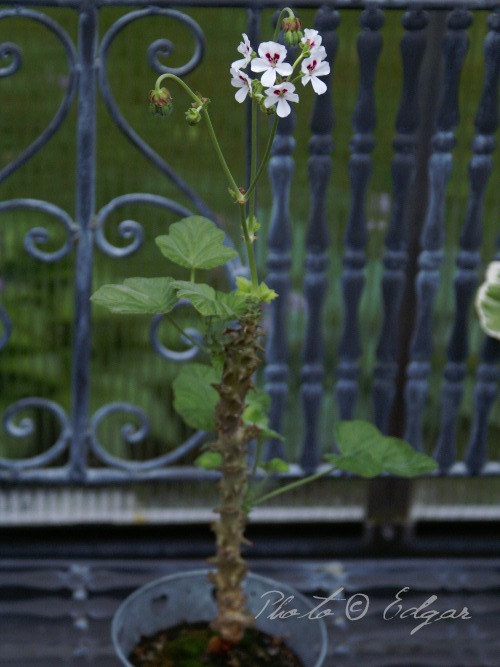
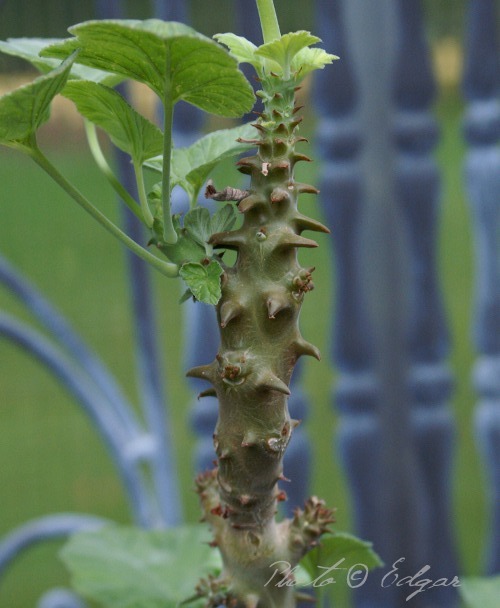
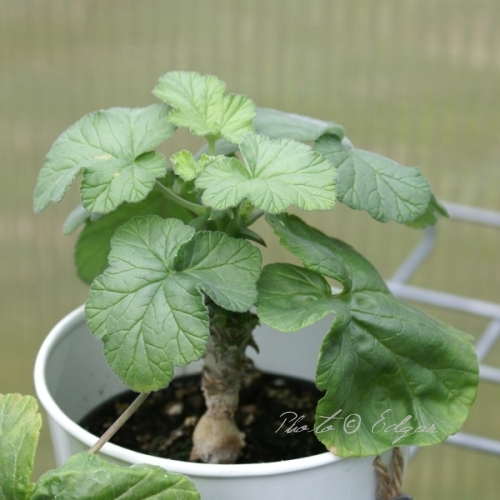
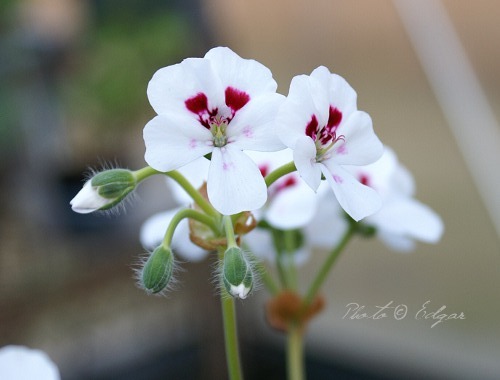
Photo © Edgar
P. tomentosum is in the section Pelargonium. It has small white flowers. The leaves are big with strong peppermint scent. The leaves are covered with small hairs and are very soft to touch. The name also means “hairy”.
This species is wide-spreading and thrives in semi-shade.
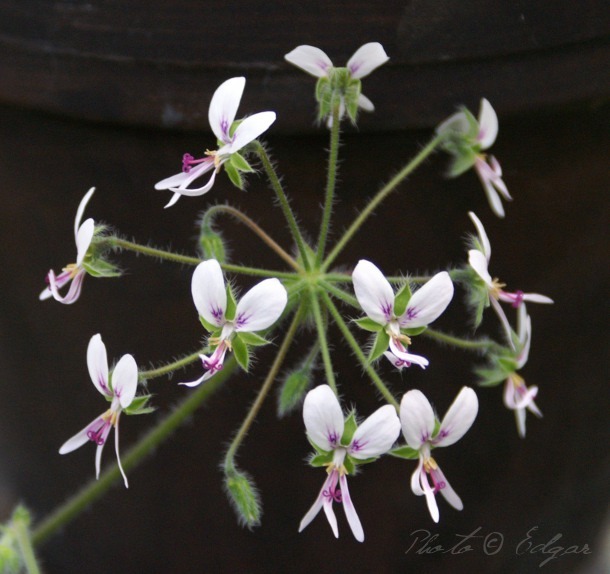
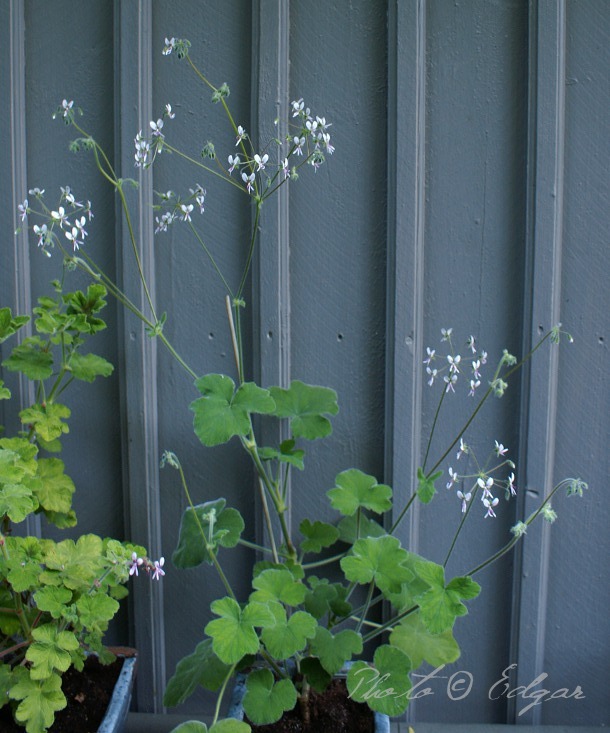


P. gibbosum has night-scented flowers and is the only stem-succulent in the section Polyactium.
It is winter-growing and drops it’s leaves under warm and dry conditions.
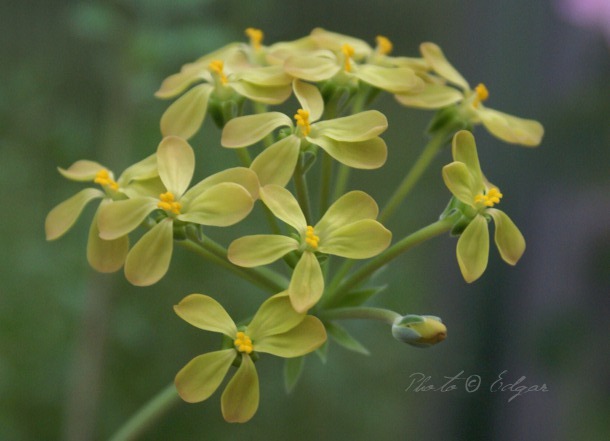
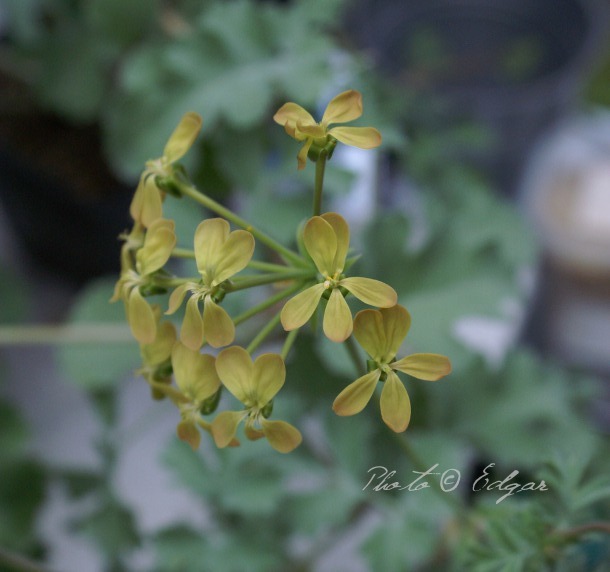
The name means gibbous and refers to the swollen stems at the nodes.
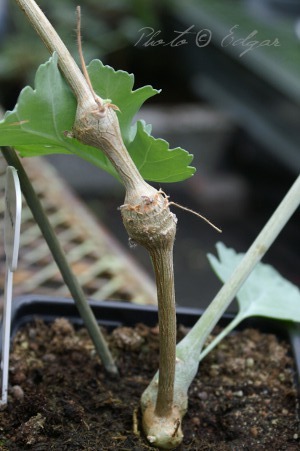
P. triste is a species in the section Polyactium.
It has night scented flowers and is winter growing.
There are variations of this species. Flowers from white to more yellow-brownish with smaller or larger blotches. The leaves varies in how finely divided they are.
This plant is grown from seed.
